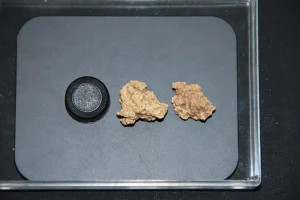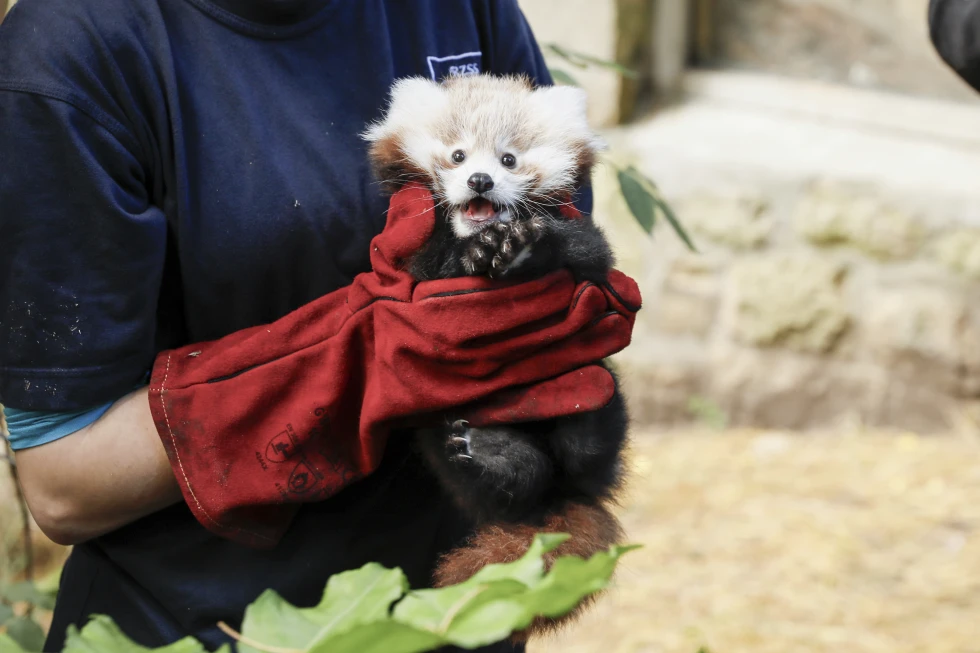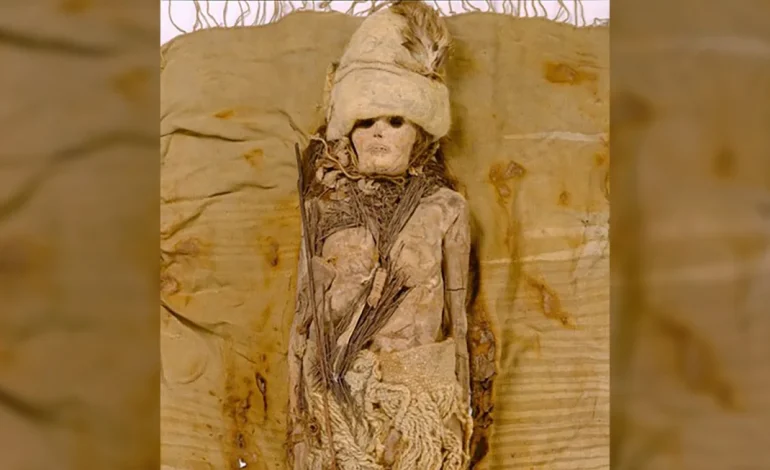A groundbreaking discovery has revealed the secrets of ancient cheesemaking in northwest China, pushing back the boundaries of our understanding of food production and cultural exchange in the Bronze Age, CNN reports.
Researchers have extracted and sequenced DNA from 3,600-year-old cheese found on the heads and necks of mummified individuals in the Xiaohe cemetery, located in the Tarim Basin.
This ancient cheese, the oldest ever analyzed, offers a glimpse into the food practices of the Xiaohe people and how they harnessed microbes to create their sustenance.
The study, published in the journal Cell, was led by paleogeneticist Qiaomei Fu of the Institute of Vertebrate Paleontology and Paleoanthropology in Beijing. The team identified DNA from goat and cattle in the cheese samples, confirming that the Xiaohe people used these animals for dairy production. Furthermore, analysis of microbial DNA revealed the cheese to be kefir, a fermented milk product still popular today. This finding marks the first time that ancient kefir has been identified, offering valuable insights into its origins and evolution.

The Xiaohe cemetery, with its hundreds of mummified individuals, has long puzzled archaeologists. The inhabitants of this isolated region embraced new ideas and technologies, even as they remained genetically distinct. The newly discovered cheese adds another layer to this cultural puzzle, demonstrating a connection to the wider world through shared food practices.
While kefir is traditionally associated with the Caucasus region, the ancient Chinese kefir samples are more closely related to a group of Lactobacillus bacteria found in Tibet. This discovery challenges the long-held belief that kefir originated solely in the Caucasus, suggesting a more complex and interconnected history of the fermented food.
The research team also examined the evolution of probiotic bacteria in the ancient kefir. They found that two distinct groups of Lactobacillus bacteria – one from Russia and the other from Tibet – have shaped the modern-day kefir we consume.
“This type of research was unthinkable even a decade ago,” commented Christina Warinner, a Harvard University anthropologist not involved in the study. “This opens a new frontier in ancient DNA studies.”









